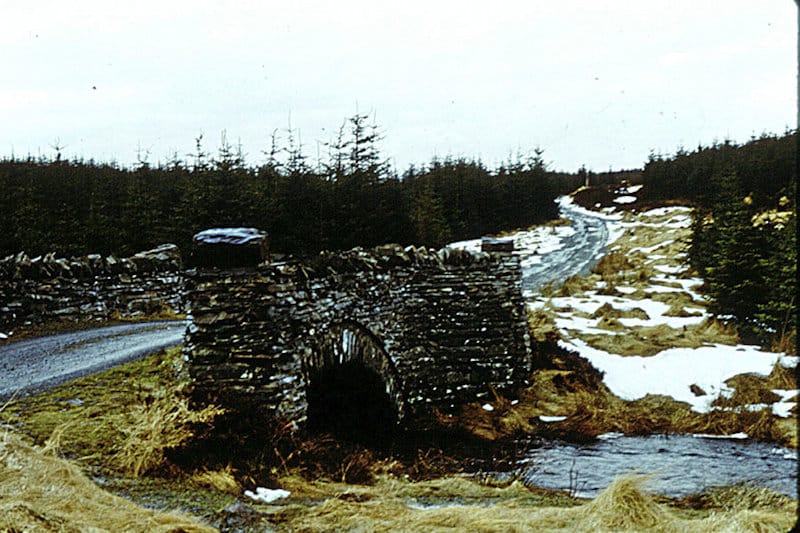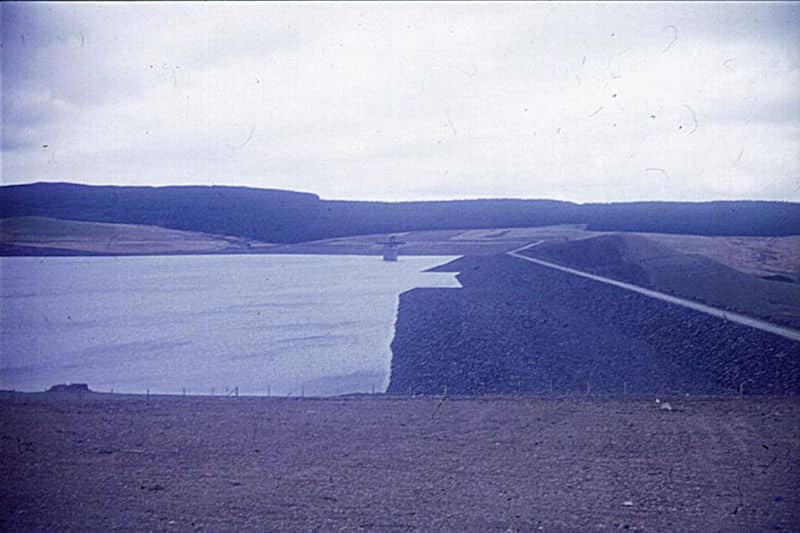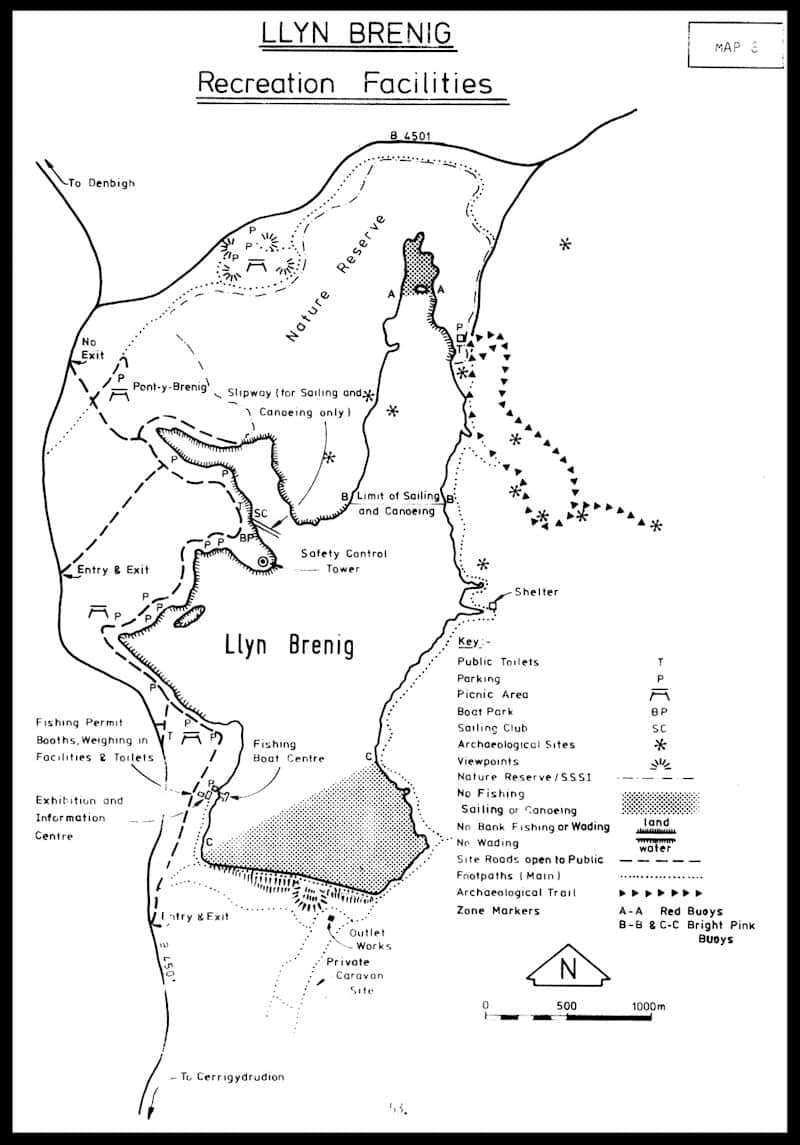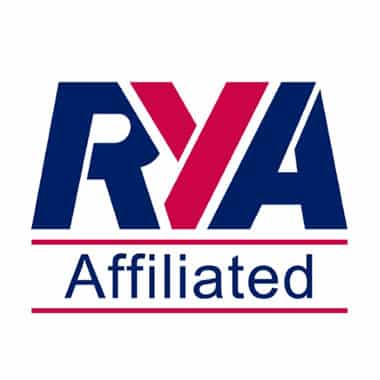Forword
In September 2013 the Llyn Brenig Sailing Club decided that a record should be made of the history of the club. Much research has been undertaken to compile this document. However, there may be omissions/errors where important contributions to the history of the club have not been included.
Where this is the case, it is hoped that such omissions / errors may be brought to the attention of the Committee and the document amended accordingly.
Thanks must be given to many members, who have contributed to this record, in particular Roy Archer the first Commodore, Peter Lewis, second Commodore.
Also thanks to ex-Commodore Tom Harries and wife Jane for the many photographs and historical documents. Also thanks must be given to Brian and Laura McNutt for their wonderful Newsletters keeping us all amused, examples of which are included here. Also thanks to many founder members and members for their contributions including photographs.
Thanks also must be given to the huge number of officials from Welsh Water, the various District Councils and national organisations that have played a vital part in the creation and development of LBSC. Finally, thanks also must be given to the Denbighshire Free Press for their support over the years in publicising the events and for permission to include photographs and news items.

Introduction
The history of Llyn Brenig Sailing Club (LBSC) begins with the early days of policy-making by Welsh Water, making the newly built reservoir accessible to enthusiastic sailors keen to take advantage of the clear air, good winds and large stretch of water surrounded by wonderful scenery.
It tells the story of hard-working dedicated members led by even keener and hard-working Commodores, determined to ensure that Llyn Brenig Sailing Club is one of the best places to sail not only for the attributes already mentioned but for also the camaraderie of the sailors, friendly-natured members and enthusiasm for encouraging sailing whether for those new to the sport, disabled or children and young adults.
Successive Commodores have strived to ensure that these values continue to be at the top of the agenda.
A picture tells a thousand words, as they say, and so the history of Llyn Brenig Sailing Club is largely compiled using photos to tell the story of how it was that sailing first began, the two sites from which sailing took place, and the three phases separated by building of the Clubhouse, together with some of the memorable events that are important to the club’s history, the sailing on Llyn Brenig and some individual stories from some of its members.
The latter part includes some of the spectacular successes of the LBSC members particularly those younger sailors enjoying successes at competing at national and European levels.
It is hoped that this can be a dynamic document in that notable events may be added for the interest of future members.
This photo taken in the winter of 1986 shows the reservoir frozen as far as the eye could see, and reminds us that snow at Llyn Brenig sailing club is a regular visitor and, being at over 1200 feet above sea level, members enjoy spectacular scenery and excellent winds.

Damming the River Brenig
Llyn Brenig Sailing Club would not exist were it not for the building of Llyn Brenig. A brief outline of the history of the building of the dam and the reasons behind the construction is therefore appropriate.
Towards the end of the 19th century, water supplies in Birkenhead were poor and many wells were polluted, so a new source of water was sought and the fact that the mountains of Wales were relatively close by led to the idea that water could be drawn from these areas using gravity as a source of power. The Vyrnwy dam had just been completed for supplies to Liverpool and so two sources of water were considered, those of the river Alwyn and the river Brenig.
The Alwyn scheme was completed soon after the 1914-18 war and supplied (and still supplies) water to Birkenhead and parts of North Wales, but it wasn’t until 1950 that a report recommended a dam for the river Brenig.
A year later the Bala (Llyn Tegid) Lake works was built, controlling the flow of water into the river Dee so that water could be drawn from the river Dee nearer populated areas. It was because of this that Birkenhead no longer needed to go ahead with the Brenig scheme. The Bala Lake works scheme, which was completed in 1956, was very successful and strengthened the view that the river Dee provided huge scope for the management of water supplies.
Liverpool Corporation proposed that the river Dee could be supplied with water from damming the river Treweryn. As a result, Llyn Celyn was then built and together with Bala the two sources have been used to regulate the river Dee since 1965.
As the future demand for water was set to increase from areas of North East Wales, the Wirral, Merseyside, South East Lancashire and mid Cheshire, a third Dee regulating source of water was considered necessary. This third source, which was also thought to be economically viable, was to be from damming the river Brenig in the Brenig valley.
Construction of the Brenig dam was authorised in November 1972 and construction began in July 1973 completing the works in 1976. Prince – now King – Charles officially opened Llyn Brenig in 1976; it took a further three years, until 1979, to fill the reservoir.
With a perimeter of about 14 miles, Llyn Brenig is the fourth largest lake in Wales behind Llyn Tegid, Llyn Trawsfynydd and Lake Vyrnwy.

The Llyn Brenig dam April 1977
The archaeological history of Mynydd Hiraethog and the river Brenig area dates back to the Bronze Age and during the construction of the lake a number of bronze-age items were found. Carbon dating of the charcoal from the campfires used by hunter-gatherers dates them around 5700 BC.
In the Llyn Brenig area an ancient urn was found and this was adopted by the Sailing club as part of the club’s burgee. The urn can be seen in the centre of the burgee; a flag to be flown whenever sailing is permitted.
In 1985 Welsh Water constructed the new visitor centre.

Establishing sailing at Llyn Brenig
Opportunities for sailing at Llyn Brenig were first identified by the Sports Council for Wales in 1973.
Paragraph 6.3 of the Welsh Water Authority (Awdurdod Dwr Cymru) Llyn Brenig Management Plan in 1978 stated:
“The Sports Council for Wales in its ‘Strategy for Water Recreation’ [1973] stated that Llyn Brenig, then being constructed would be of national significance for water sport. This view has been endorsed by the Welsh Yachting Association and the Welsh Schools Sailing Association. The public’s interest in the reservoir for sailing can be gauged from the fact that over 100 people attended a public meeting to discuss sailing held in January 1977. A steering committee to consider the establishment of a sailing club was set up. This group reported to the Authority and a sailing club has been formed and activities commenced in 1977. “
Paragraph 6.3.1 states:
“From experience gained during sailing trials held in summer 1976 it seemed likely that steady wind conditions should provide good sailing conditions. However, it should be recognised that the altitude of Brenig coupled with temperature, rainfall and wind speeds will serve to limit the length of the season.
Paragraph 6.3.5 states:
“A temporary clubhouse, and accommodation for a safety boat will be erected on a site near the head of the slipway shown on map 6. A Boat compound has also been provided.”
Paragraph 6.3.6 stated:
“The Authority will negotiate a lease with the sailing club or possibly an ‘umbrella’ club of all users, for the use of the facilities.”
The Steering Committee
Mr Hugh Cottle from the Welsh Water Authority and Chairman of the Operations Committee asked Mr Roy Archer to establish a steering committee with the purpose of forming a sailing club.
The Steering Committee was elected at a public meeting held on 23rd February 1977 held at the primary school in Cerigydrudion.
Welsh Water proposed Roy Archer as the first Commodore. Committee members included: Roy Archer, Miss Gwyneth Shaw, Mr KR Champion, Mr Henderson, Mr Hooson, Mr Peter Lewis, MR L G Murray, Dr RG Owen Secretary, Mr Ian Walmsley Mr D J Roberts (Area Engineer, WNWDA), Mr J W Gittins (Area Recreation Officer) Secretary Mr WC Wynne-Woodhouse Assistant Recreation Officer WNWDA.
The committee met four times on 3rd, 14th, 23rd March and 13th April 1977.
The committee made four recommendations on:
a constitution for the sailing club;
a list of rules and bye-laws to govern sailing;
further recommendations in respect of sailing and associated activities at Llyn Brenig;
a draft map to indicate their recommended sailing area and other features (see ‘Map 6’ below).
These recommendations formed the basis for the Constitution and Lease arrangements that have lasted for 32 years. The majority are current today.
The first Sailing Club Committee
Following acceptance by the Water Authority, the Club Club Committee was elected and the club was formed.
The site of the original Club accommodation was on the creek where there is a steep slipway.
Committee members included: Adrian Hughes Sailing Secretary, Alwyn Williams RYA Training, Tom Harries, Bill Grint, John Lovell, Peter and Carole Garrett, John Blythyn, Denis Whitehouse, Alan and Jean Barnett, Paul and Dolores Whitton.

Llyn Brenig Sailing Club | Clwb Hwylio Llyn Brenig
Nr. Cerrigydrudion, North Wales, LL21 9TT
what3words.com/reshaping.game.shipwreck


